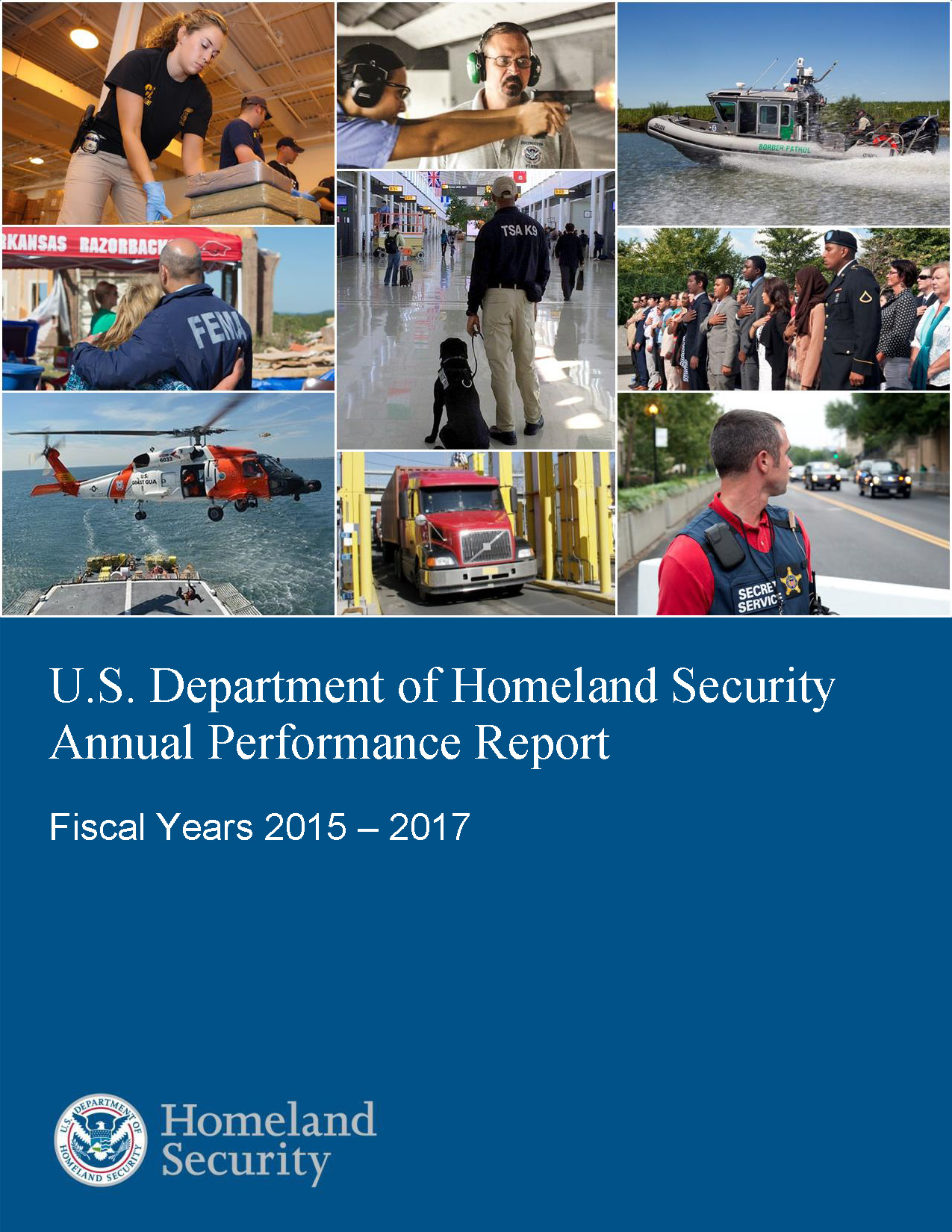- Home
- Agencies
- Department of Agriculture
- Department of Housing and Urban Development
- General Services Administration
- Department of Commerce
- Department of the Interior
- National Aeronautics and Space Administration
- Department of Defense
- Department of Justice
- National Science Foundation
- Department of Education
- Department of Labor
- Office of Personnel Management
- Department of Energy
- Department of State
- Small Business Administration
- Environmental Protection Agency
- Department of Transportation
- Social Security Administration
- Department of Health and Human Services
- Department of the Treasury
- U.S. Agency for International Development
- Department of Homeland Security
- Department of Veterans Affairs
- Goals
- Initiatives
- Programs
Primary tabs
Strategic Objective
Goal 5.4: Enable Rapid Recovery
Strategic Objective
Overview
DHS plays a key role in facilitating recovery following a disaster by supplementing communities’ recovery core capabilities; promoting infrastructure resilience guidelines and use of standards; and encouraging the development of continuity plans for communities, government entities, and private sector organizations. The devastating effects of recent disasters have highlighted the need to reform our national approach to long-term recovery. Communities devastated by a disaster, particularly large-scale events such as Hurricane Sandy, face complex and difficult challenges including restoring economic viability, rebuilding infrastructure and public services, and establishing resilience against future hazards.
We will pursue the following strategies to enable rapid recovery:
- Ensure continuity and restoration of essential services and functions by: 1) supplementing communities’ recovery core capabilities; 2) encouraging the development of continuity plans for communities, government entities, and private-sector organizations; and 3) working to ensure continuity and rapid restoration of essential services.
- Support and enable communities to rebuild stronger, smarter, and safer by following the National Disaster Recovery Framework and implementing programs that: 1) fund authorized federal disaster support activities; 2) support eligible reconstruction projects and disaster survivors; 3) provide subject matter experts to assist in planning and coordinating rebuilding efforts; and 4) focus on how best to restore, redevelop, and revitalize the health, social, economic, natural, and environmental fabric of the community and build a more resilient nation.
Progress Update
The Department of Homeland Security (DHS) has determined that performance toward this goal is making satisfactory progress.
Introduction
DHS plays a key role in facilitating recovery following a disaster by supplementing communities’ recovery core capabilities; promoting infrastructure resilience guidelines and use of standards; and encouraging the development of continuity plans for communities, government entities, and private sector organizations. The devastating effects of recent disasters have highlighted the need to reform our national approach to long-term recovery. Communities devastated by a disaster, particularly large-scale events such as Hurricane Sandy, face complex and difficult challenges including restoring economic viability, rebuilding infrastructure and public services, and establishing resilience against future hazards.
Major Achievements
Disaster recovery coordination and resources for data analysis, joint planning, infrastructure projects, and funding for a local disaster recovery coordinator expanded under the National Disaster Recovery Framework following the Enhanced F-4 major tornado disaster that killed 16 and destroyed 85 percent of businesses as it tracked through the cities of Vilonia and Mayflower in Faulkner County, Arkansas. Expanded recovery coordination resulted in a consortium of state, local, private sector, philanthropic, and federal partnerships working in concert to increase the capacity of the impacted communities to achieve recovery and improve sustainability. The cities of Vilonia and Mayflower, Arkansas, have signaled ownership of their recovery by finalizing their recovery strategies, producing redevelopment designs, and identifying projects. These initiatives received a jump-start from facilitated recovery peer-to-peer workshops with key community representatives from Joplin, Missouri, county and state officials, three state universities, and the private sector.
FEMA improved the Public Assistance program through implementation of key sections of the Sandy Recovery Improvement Act, such as small project thresholds allowing for more flexibility in supporting recovery efforts.
Major Challenges & Opportunities for Improvement
FEMA Recovery completed a review of the Public Assistance program to assess the current construct for implementing the program and to begin the process for developing a new model for the delivery of assistance after major disasters and emergencies. The diagnostic analysis confirmed previous concerns, highlighted additional areas of focus, and refined our understanding of the inefficiencies and challenges in the current model. The results of the diagnostic analysis are being shared with regional and state stakeholders and form the basis of the Public Assistance Re-engineering Business Case currently under development. DHS is also building collaborative capabilities to recover from consequences of cyber events by developing the Annexes to the Federal Interagency Operations Plan. FEMA improved the Public Assistance program through implementation of key sections of the Sandy Recovery Improvement Act, such as small project thresholds. FEMA is also addressing Government Accountability Office findings to improve administrative cost for major disasters by establishing a robust Disaster Administrative Cost Integrated Project Team with programmatic experts responsible for effectively delivering the mission as well as business mangers accountable for finding efficiencies in service delivery.









